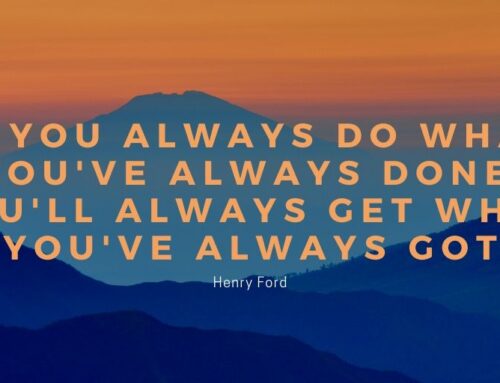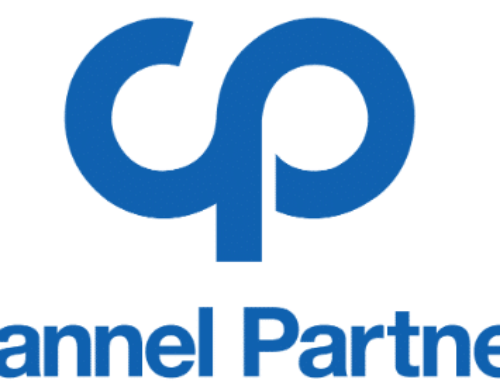I came across this article on LinkedIn recently and think its worth your time to read. The article examines common issues and concerns faced by smaller companies; particularly in the 7 to 35 employee range as identified by the author Scott Hoover. Here’s a couple of points on what Hoover calls the ‘Zone of Pain’!
I’ve seen these issues a number of times and the first thing thats required is the business owner to recognise the situation. The issue isn’t all about profit, it’s stress.
- Too big to stop when the owner is gone, but too small to run on its own when the owner is away. This creates an endless stress cycle the owner can’t easily escape.
- Too big for the owner to personally track and manage everything, but too small to truly have others do it. Profits may actually rise in this lean structure, but often at deep personal cost to the owner’s sanity, health, or relationships.
Here are a couple of specific pain points:
Pain Point #1: Lack of data.
An owner in the Zone of Pain constantly wishes for more data on productivity and profitability. That’s because the company started on QuickBooks, Xero, or Wave and doesn’t have the money or manpower to upgrade to an ERP system like Dynamics, Netsuite, or Viewpoint.
The frustration of managing in fog often leads the owner to implement painful workarounds like tracking project costs on paper or hiring exorbitantly expensive consultants. These efforts help the owner feel better, but can’t squash the nagging sense of having a weak pulse on the company.
Pain Point #2: Lack of managers.
I’m not talking about production managers and or site foremen. Companies in the Zone of Pain often have those. What they really can’t justify are full-time managers of HR, IT, finance, sales, customer service, and marketing.
Yet these areas need management. What you see is people wearing a lot of hats – like a controller who does HR, IT and accounting. It kind of works, but it’s really hard for one person to be the best at all three things.
Not to mention focus. One area will likely win out while the others suffer. And what doesn’t get done, either doesn’t get done, or the owner works Saturdays trying to do it.
Pain Point #3: Big projects.
Companies in the Zone of Pain are just big enough to be tantalized by big projects, but just small enough to barely have the bandwidth to get them done.
I’m talking about engagements that generate 10-50% of annual revenue. Locking in that much revenue is enticing to most entrepreneurs, but the downsides are considerable for a ZOP company:
- Risk the outsized client won’t pay.
- Perhaps that loyal smaller customers will feel let down.
- Maybe the project ends up being a 5-alarm fire that consumes everyone in the company for awhile.
Big projects are usually not the strength of ZOP companies. Yet they continue to beckon. Hence the agony.
Pain Point #4: Volume discounts
If Walmart knocks on 3M’s door and asks for a deal on Post-It notes, Walmart will probably get a deal. 3M looks at Walmart’s 6,000+ stores and warms up quickly to a discussion.
If Joe’s Zone of Pain Office Supply Store tries the same, it won’t work. And it’s not just pricing discounts. A big-hitting customer will often succeed in demanding better lead times or special favors. The smaller outfits don’t have that leverage.
Pain Point #5: Compliance.
Zone of Pain companies are often just big enough to need to follow the rules, but small enough that compliance is expensive as a percentage of revenues. This is especially true in highly regulated industries like banking.
It extends beyond financial compliance. Safety training, OSHA and MSHA, sales tax, and income tax are examples that emerge as companies enter the Zone of Pain. The tax returns for a 150-employee company are generally not 15 times more expensive than returns for a 10-employee company. In fact, sometimes there’s really not much difference.
Are there any upsides?
Is the Zone of Pain a dreadful valley that must be passed through as quickly as possible at all costs?
Not always. There are upsides, especially for entrepreneurs who manage stress well and have an intrinsic ability to monitor operations on limited data and with limited middle management.
Here are a few practical upsides to the Zone of Pain:
- Business owner Bob usually knows new employee Jim by name at the Christmas party and maybe even Jim’s wife.
- Bob’s company is still small enough to spin the company car 180 degrees on the road and switch from making kitchens to selling trim packages if it has to.
- The few managers Bob has are generally free to creatively find efficient solutions to pain points. E.G., Bob’s finance manager might develop a clever way to use QuickBooks to generate data it wasn’t intended to provide.
- The company still has the “can-do” energy of a startup.
The main thing about the Zone of Pain is you want to be ready for it. Too many owners fall into the ZOP by default and end up struggling because they didn’t see it coming.
An ownership team with a practical vision will be well-positioned to either thrive indefinitely in the Zone, or come out stronger on the other side.
Well, what do you think, was it worth the read? Drop me a mail and share you thoughts….






